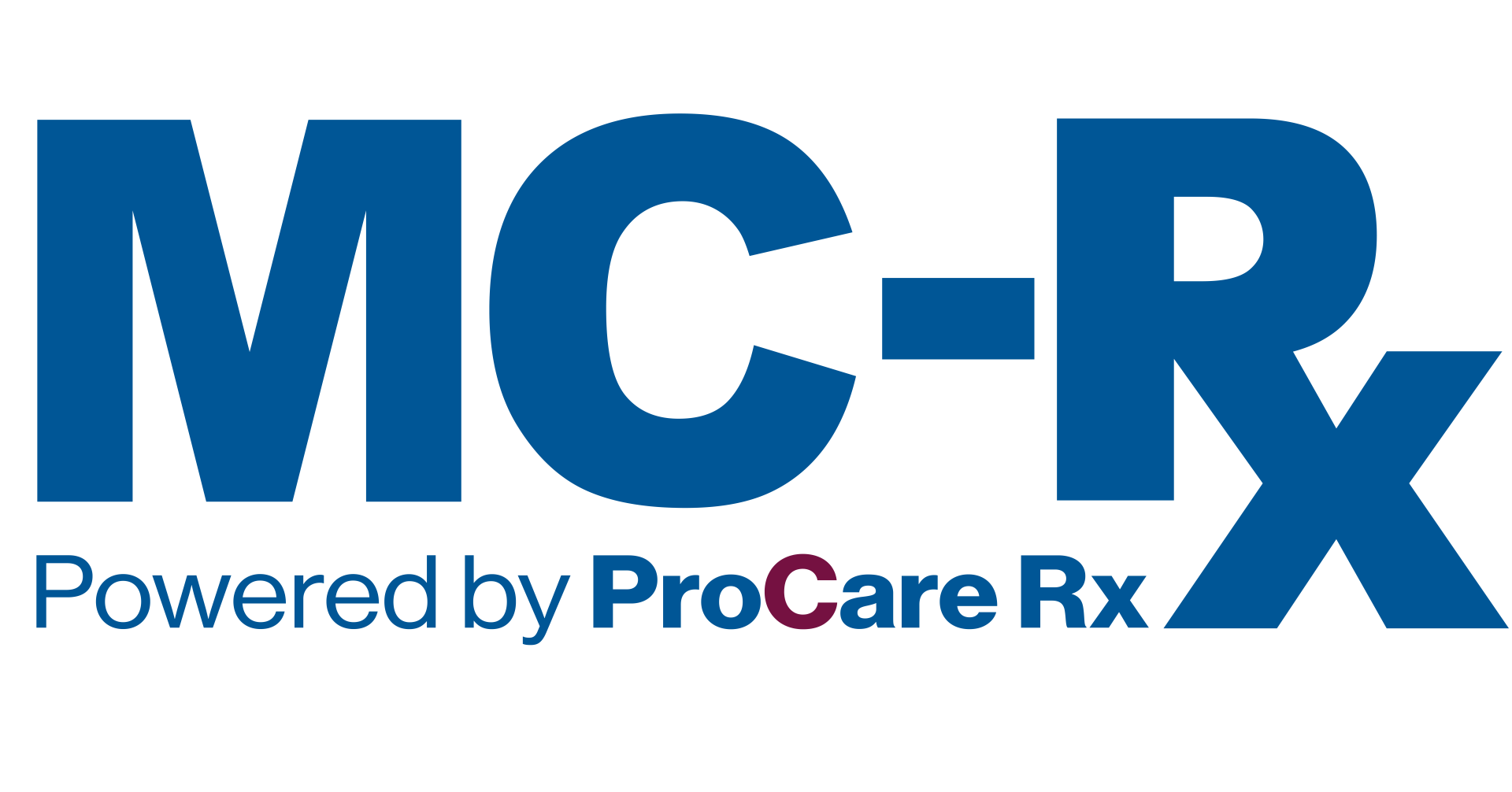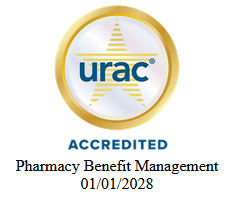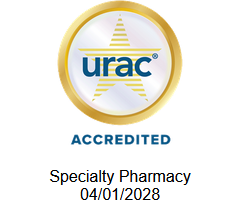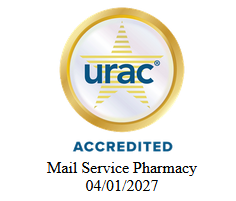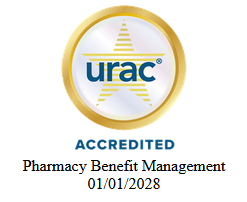Myths and Facts about COVID-19 Vaccines
August 26, 2021
Myths and Facts about COVID-19 Vaccines
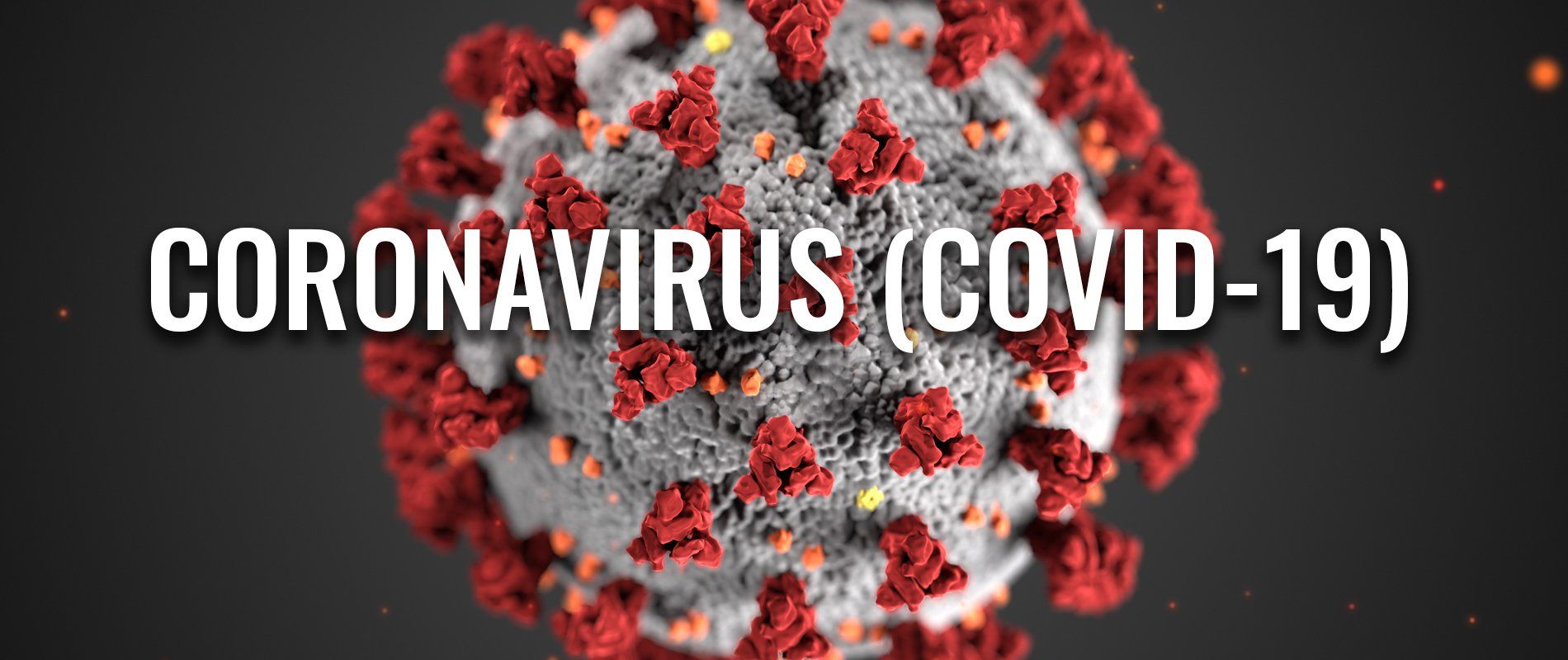
Everybody has the responsibility to provide correct and accurate information.
In this modern era, it is crucial to question sources of information. Reliable sources for health-related topics include the Centers for Disease Control and Prevention (CDC), Food and Drug Administration (FDA), and World Health Organization (WHO). Other useful references for people with scientific knowledge or curiosity include The Journal of the American Medical Association (JAMA) and The New England Journal of Medicine (NEJM).
COVID-19 is today's hottest topic. Incorrect information or myths about COVID-19 are common. Below are examples of myths about COVID-19 vaccines.
Myth #1: Receiving a COVID-19 vaccine will cause my body to become magnetic.
False, receiving a vaccine against COVID-19 will not cause you to become magnetic. COVID-19 vaccines are metal-free. After reports of people putting metal objects on their skin after getting the vaccine, this myth arises from social media.
Myth #2: COVID-19 vaccines cause infertility.
False, there is no evidence that COVID-19 or any other vaccine causes infertility. This myth arose from social media when people stated that mRNA vaccines target the same spike protein in placental development.
Myth #3: COVID-19 vaccines track people with a microchip.
False, none of the components of any vaccine are used to track an individual. This myth came from social media when false claims were made against a company. The company has products (syringes) with a microchip used to scan the vaccine's origin, expiration date, etc.
Myth #4: COVID-19 vaccines alter DNA (genetic material).
False, none of the COVID-19 vaccines enter the cell's nucleus (which contains the DNA). These vaccines give instructions to the cell to start producing proteins, later to be recognized by the immune system. This myth arises due to biological processes being complex and easily misunderstood.
Myth #5: Receiving a COVID-19 vaccine will give me COVID-19.
False, none of the COVID-19 vaccines contain the virus. This myth arises from other vaccines that use the virus, which can be inactivated/dead (vaccines like Hepatitis A, flu, polio, and rabies). Other vaccines use the live-attenuated virus (chickenpox, smallpox, measles, mumps, and others).
Myth #6: Receiving a COVID-19 vaccine will cause a positive result on a viral test.
False, none of the COVID-19 vaccines will positively result in the tests used to determine current infection. However, after receiving a vaccine, we develop antibodies. The presence of antibodies will lead to a positive result for an antibody test (used to indicate the previous infection and to test immunity).
Myth #7: If I get COVID-19, I don't need a vaccine.
False, even if you are infected, you can still get re-infected. Evidence suggests a benefit in getting vaccinated after being infected with COVID-19. The body does generate certain immunity after being infected. However, this type of immunity is not long lasting.
Myth #8: The side effects of COVID-19 vaccines are common.
COVID-19 vaccines may cause the following expected side effects: pain in/around the area of injection, body aches, headaches, or fever. These are signs that the vaccine is working to stimulate your immune system and be treated with over-the-counter drugs (acetaminophen). Infrequent and fatal side effects have been reported. For example, the FDA has recently included a warning for Janssen's COVID-19 vaccine about Guillain-Barre Syndrome (GBS). GBS is a rare disorder in which your body's immune system attacks your nerves. After 12.5 million vaccines have already been administered, only 100 cases have been reported, that's about 0.0008%, with only one mortality. To put things in context, aspirin can cause a severe adverse drug reaction called Drug Reaction with Eosinophilia and Systemic Symptom (DRESS). This can occur in 0.01 – 0.1% and has a mortality rate of up to 10% among people that develop DRESS.
Myth #9: COVID-19 vaccine research was rushed and cannot be trusted.
False, there are many reasons why the COVID-19 vaccines were developed so fast:
● The technology used for Pfizer/BioNTech and Moderna, called mRNA vaccines, was in development since 1990, and this allowed for rapid vaccine development.
● The coronavirus group existed before the 2019 pandemic, and its genetic sequence was already known. A strain of coronavirus was first isolated in humans in 1965, and 3 species cause severe symptoms:
o Severe acute respiratory syndrome coronavirus (SARS-CoV, 2003)o The Middle East respiratory syndrome-related coronavirus (MERS-CoV, 2012)o Severe acute respiratory syndrome coronavirus 2 (SARS-CoV-2, 2019)
● China quickly isolated and shared genetic information. Scientists started working on vaccines. These vaccines are approved under emergency use authorization (EUA). They are under constant surveillance. For example, after six reported cases of blood clots related to Janssen's COVID-19 vaccine, the FDA recommended pausing vaccination. After a safety review, the pause was lifted.
● The vaccine developers didn't skip proper testing. Steps were carried out on an overlapping schedule to gather data faster (Operation Warp Speed).
IMPORTANT: If you have questions about COVID-19, seek information from an expert. Do not repeat false information and always be respectful.
References:

Understanding GLP-1 Medications The landscape of obesity management is evolving, with GLP-1 receptor agonist (RA) medications emerging as a significant player. These FDA-approved drugs have proven effective in helping individuals lose weight, prompting a shift in how they are viewed and covered by health plans. However, the cost implications and strategic decisions surrounding these medications require careful consideration by employer groups and their members. The Case for GLP-1 Medications GLP-1 RAs, originally developed for diabetes management, have shown remarkable efficacy in weight loss. With the growing prevalence of obesity and its associated healthcare costs, there's increasing pressure on health plans to cover these medications. Despite their high cost—annual retail pharmacy expenses can exceed $10,000 per patient—GLP-1 RAs offer potential downstream savings by reducing obesity-related comorbidities such as diabetes, hypertension, and cardiovascular disease. Balancing Coverage and Cost Historically, weight loss medications were deemed "lifestyle" drugs and excluded from coverage. However, the rising popularity of GLP-1 RAs and their demonstrated benefits are challenging this perspective. For plan sponsors, the decision to cover these medications involves balancing the high upfront costs with the potential for long-term savings on medical expenses related to obesity. Cost-Containment Strategies For payers choosing to cover GLP-1 medications, several cost-containment strategies can be employed: Formulary Management : Deciding on the placement of these medications within the formulary is crucial. Options range from not covering the drugs to placing them on a high-cost tier with patient cost-sharing. Prior Authorization and Step Therapy : Implementing these measures ensures that only patients with a proper diagnosis (e.g., ICD-10 code for obesity) access these medications, preventing misuse and overutilization. Prerequisite Programs : Requiring participation in wellness or nutrition programs before approving weight loss medications can encourage lifestyle modifications that complement pharmacological treatment. Specialist Restrictions : Limiting prescriptions to weight loss specialists, such as bariatric doctors or endocrinologists, ensures appropriate therapy and monitoring. Duration Limits : Establishing treatment guidelines, such as discontinuing medications if a target weight loss is not achieved within six months, helps manage long-term costs. The Role of Brokers and Employer Groups Brokers play a pivotal role in guiding employer groups through the complexities of covering GLP-1 medications. Understanding the cost-benefit dynamics and available cost-containment strategies enables brokers to provide informed recommendations that align with their clients' financial and health objectives. Employer groups, in turn, must weigh the potential benefits of covering these medications against their budgetary constraints and the overall well-being of their workforce. Member Education and Engagement Effective communication with members is essential to ensure they understand the coverage options and adhere to prescribed treatments. Educational initiatives can include: Patient Communication Programs : Providing information on medication adherence, compliance, and lifestyle modifications. Continuing Education : Ongoing programs to keep members informed about the benefits and proper use of weight loss medications. Monitoring and Support : Utilizing pharmacy and medical data to track outcomes and adjust strategies as needed. Balance the Scale with Expert Guidance from MC-Rx The adoption of GLP-1 medications for weight loss represents a significant advancement in obesity management. However, the high costs associated with these drugs necessitate careful planning and strategic implementation by brokers, employer groups, and members. By employing robust cost-containment strategies and prioritizing member education, health plans can navigate the financial challenges while delivering meaningful health benefits to their populations. MC-Rx, as a full-service pharmacy benefits manager, offers the expertise and tools to help clients optimize their coverage decisions and manage the complexities of incorporating GLP-1 medications into their health plans. Here are just a few of the GLP-1 strategies we use to shield our clients from excessive costs: Implementation of Drug Management Tools, which is critical to ensure proper utilization for GLP-1s. Strategic Benefit Design, which also protects clients from improper GLP-1 utilization. Clear Member Communication, which is crucial for proper adherence and compliance. When implemented with an existing client, the above-listed strategies helped them achieve $382,000 in cost avoidance for GLP-1s. With the right approach, the benefits of these medications can be realized, contributing to better health outcomes and potentially lowering overall healthcare costs in the long run. For more information on managing GLP-1 medications and other pharmacy benefits, reach out to an MC-Rx expert today .


